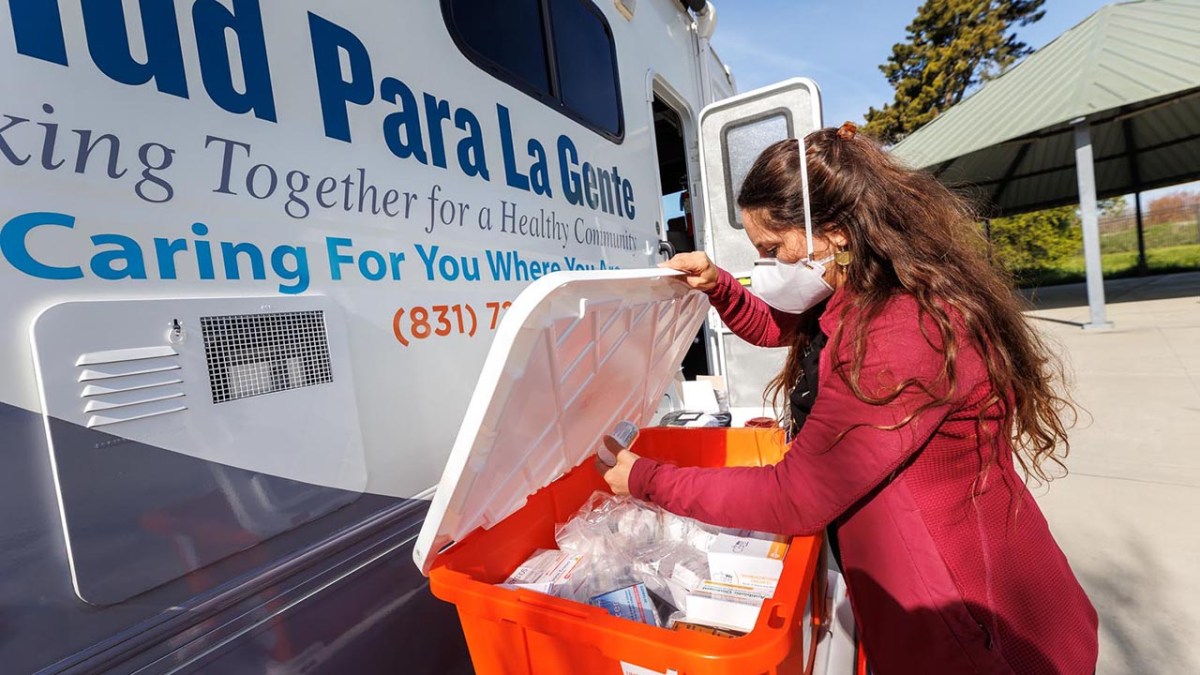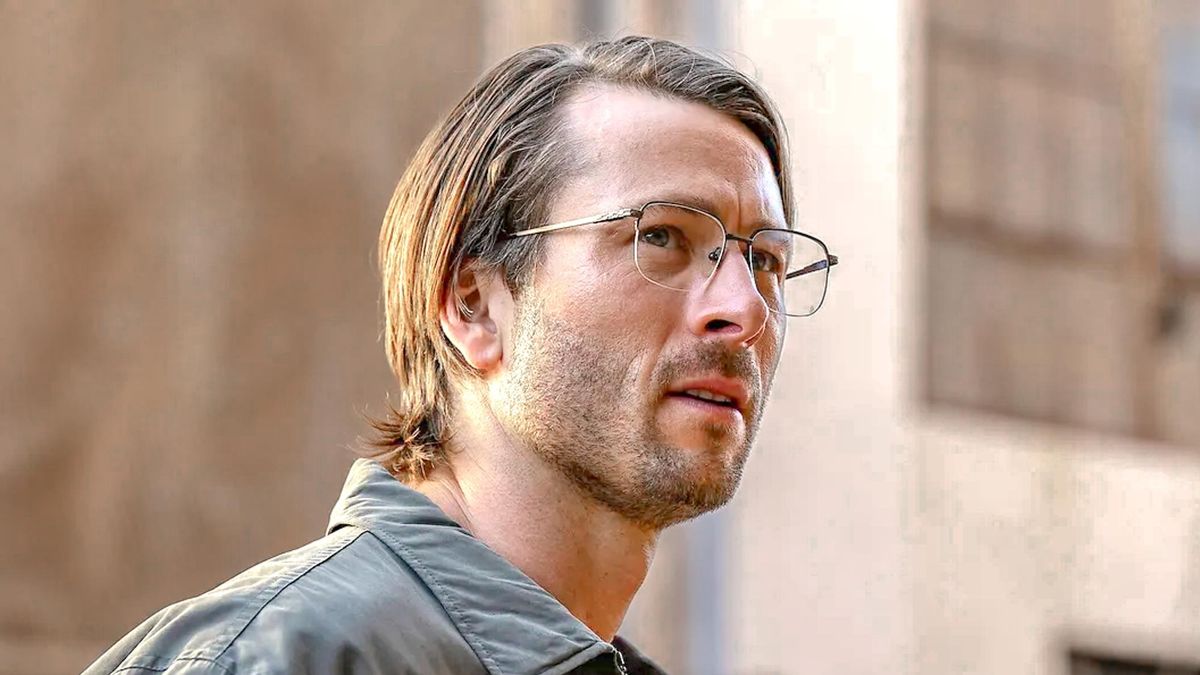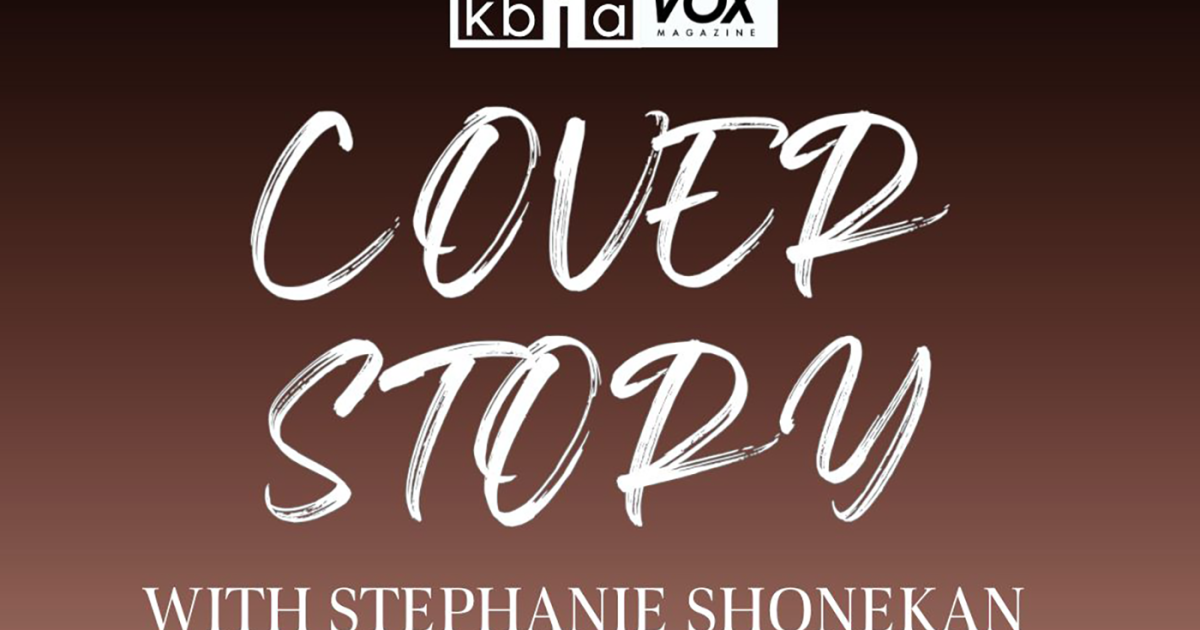
When republishing:
Republishing Images:
Unless stated otherwise, images shot by Direct Relief may be republished for non-commercial purposes with proper attribution, given the republisher complies with the requirements identified below.
Direct Relief often contracts with freelance photographers who usually, but not always, allow their work to be published by Direct Relief’s media partners. Contact Direct Relief for permission to use images in which Direct Relief is not credited in the caption by clicking here.
Other Requirements:
For any additional questions about republishing Direct Relief content, please email the team here.
By Lara Cooper
An EF4 tornado destroys a Mississippi town as well as the community’s critical health center. Wind and water sweep through New Orleans’ Ninth Ward neighborhood. A hurricane strengthens before inundating communities in North Carolina and Georgia.
These emergencies were all experienced by communities, but also by staff at health centers. But instead of shying away from these disasters, those staff stepped up for their communities, many times as first responders even as they experienced the storm’s impacts personally.
Whether through driving mobile units, creating resilient power hubs, or working to connect patients with lifesaving medications needed during an evacuation, community health centers are often on the frontlines as disasters increase in frequency and intensity.
Through an editorial partnership, Direct Relief and the National Association for Community Health Centers, or NACHC, uncover and share stories of health centers reaching their patients in unique ways, during emergencies and beyond. These stories, published by Community Health Forum and Direct Relief, are offered free of charge for republishing and have been syndicated in various digital and broadcast outlets throughout 2024.
The editorial partnership relies on high-quality storytelling from professional journalists at a time when health reporting from many outlets has been significantly reduced, leaving stories untold.
In between times of emergency, health centers work each day to meet patients where they are, with personal and culturally competent care. They are also actively involved in training the next generation of health workers, many of whom have been patients themselves or have had family seek care.
Here are some of their stories.
After an EF4 tornado swept through Rolling Fork, Mississippi, in March 2023, destroying one of Delta Health Center’s sites, the organization set up a temporary clinic and harnessed resilient power for nine months until a site with power became available. The microgrid allowed health center staff to treat Rolling Fork patients in their hometown.
Adoris Turner, deputy chief executive officer at DHC, said the solar power allowed the health center to offer services through the worst phases of Rolling Fork’s recovery.
“It was a lifesaver, and I literally mean a medical lifesaver,” Turner told Direct Relief journalist Olivia Lewis. “The ability to see a patient who may be having an asthmatic crisis or people who are having any type of medical need, it went a long way to have our facility up and running.”
Read more.
As Hurricane Debby loomed over South Carolina in August, staff at Fetter Health Care Network, the Low Country’s only federally qualified health center, evacuated medicines and mobile units to their inland Summerville location for safekeeping.
The following morning, on storm game day, Powers led her staff through a plan for the day to ensure that patients throughout the city and on the neighboring barrier islands would have as much time to access care and get medication refills as possible.
“The city may shut down at 3 p.m., but we can’t do that. We have to give our patients an opportunity to get off with the shutdowns and then pick up their meds, Powers told Direct Relief journalist Noah Smith. Her staff also took vaccines off the islands in case of power outages and also coordinated with migrants to help them with supplies and to find off-island shelters.
Read more.
One health center decided to train people who wanted a career in health care, starting with its own patients. The Laura Rodriguez Medical Assistant Institute, a program of the Family Health Centers of San Diego, reported that 65% of participants in its medical assistant program have been health center patients themselves, and aim to better reflect the community they serve, reported Olivia Lewis.
FHC of San Diego has 27 locations, which serve about 160,000 patients annually, with over 95% of them living at or below 200% of the federal poverty line, according to HRSA data. Most identify as part of a racial or ethnic minority.
For Diana Garcia Cortes, who graduated from the program in August, one of 15 in her cohort, the program was a game-changer. “It’s really, honestly life-changing to know that within a year I’m able to have a different career, better opportunities, a different job,” she said.
Read more.
Tropical Storm Francine was sweeping towards New Orleans, but in the city’s Lower Ninth Ward, Teresa Bovia kept her health center’s doors open.
Regardless of the impending storm, six new patients had already needed walk-in appointments at Baptist Community Health Services, Inc., where Bovia is the chief operating officer. Most needed to refill their medications before the storm hit, but hadn’t been able to contact their regular doctors. The health center’s existing patients also needed insulin or other medications, or wanted to check their blood pressure, before sheltering in place.
“The people we serve, they don’t have the means to leave,” Bovia explained to Talya Meyers, Direct Relief’s senior editor and writer. In New Orleans’s Lower Ninth Ward, where Bovia works, patients are always vulnerable. She explained that life expectancy in the community is fully 20 years lower than it is for residents of her home neighborhood 15 minutes away.
“We know [the inequity] is there and it’s our responsibility to do something about it,” she said.
Read more.
When Dr. Joronia Chery applied for a residency program, it wasn’t at a hospital, but a community health center.
“I came here because this is where I see myself making the most difference. It feels like treating my grandmother or my mother,” said Dr. Chery, a first-year resident at the Institute for Family Health’s Harlem location. Her decisions stemmed from growing up witnessing the healthcare gaps in her Brooklyn community, where she had to travel 30 minutes by bus to the closest community health center.
Many residents, like Chery, intentionally choose the program because they see themselves in their patients, reported Noah Smith. Fluent in French and Haitian Creole, she has bridged language gaps that might otherwise complicate care. “When a patient hears someone speaking their language, their shoulders relax. They know they’re in the right place,” she said.
Read more.
An EF4 tornado destroys a Mississippi town as well as the community’s critical health center. Wind and water sweep through New Orleans’ Ninth Ward neighborhood. A hurricane strengthens before inundating communities in North Carolina and Georgia.
These emergencies were all experienced by communities, but also by staff at health centers. But instead of shying away from these disasters, those staff stepped up for their communities, many times as first responders even as they experienced the storm’s impacts personally.
Whether through driving mobile units, creating resilient power hubs, or working to connect patients with lifesaving medications needed during an evacuation, community health centers are often on the frontlines as disasters increase in frequency and intensity.
Through an editorial partnership, Direct Relief and the National Association for Community Health Centers, or NACHC, uncover and share stories of health centers reaching their patients in unique ways, during emergencies and beyond. These stories, published by Community Health Forum and Direct Relief, are offered free of charge for republishing and have been syndicated in various digital and broadcast outlets throughout 2024.
The editorial partnership relies on high-quality storytelling from professional journalists at a time when health reporting from many outlets has been significantly reduced, leaving stories untold.
In between times of emergency, health centers work each day to meet patients where they are, with personal and culturally competent care. They are also actively involved in training the next generation of health workers, many of whom have been patients themselves or have had family seek care.
Here are some of their stories.
After an EF4 tornado swept through Rolling Fork, Mississippi, in March 2023, destroying one of Delta Health Center’s sites, the organization set up a temporary clinic and harnessed resilient power for nine months until a site with power became available. The microgrid allowed health center staff to treat Rolling Fork patients in their hometown.
Adoris Turner, deputy chief executive officer at DHC, said the solar power allowed the health center to offer services through the worst phases of Rolling Fork’s recovery.
“It was a lifesaver, and I literally mean a medical lifesaver,” Turner told Direct Relief journalist Olivia Lewis. “The ability to see a patient who may be having an asthmatic crisis or people who are having any type of medical need, it went a long way to have our facility up and running.”
Read more.
As Hurricane Debby loomed over South Carolina in August, staff at Fetter Health Care Network, the Low Country’s only federally qualified health center, evacuated medicines and mobile units to their inland Summerville location for safekeeping.
The following morning, on storm game day, Powers led her staff through a plan for the day to ensure that patients throughout the city and on the neighboring barrier islands would have as much time to access care and get medication refills as possible.
“The city may shut down at 3 p.m., but we can’t do that. We have to give our patients an opportunity to get off with the shutdowns and then pick up their meds, Powers told Direct Relief journalist Noah Smith. Her staff also took vaccines off the islands in case of power outages and also coordinated with migrants to help them with supplies and to find off-island shelters.
Read more.
One health center decided to train people who wanted a career in health care, starting with its own patients. The Laura Rodriguez Medical Assistant Institute, a program of the Family Health Centers of San Diego, reported that 65% of participants in its medical assistant program have been health center patients themselves, and aim to better reflect the community they serve, reported Olivia Lewis.
FHC of San Diego has 27 locations, which serve about 160,000 patients annually, with over 95% of them living at or below 200% of the federal poverty line, according to HRSA data. Most identify as part of a racial or ethnic minority.
For Diana Garcia Cortes, who graduated from the program in August, one of 15 in her cohort, the program was a game-changer. “It’s really, honestly life-changing to know that within a year I’m able to have a different career, better opportunities, a different job,” she said.
Read more.
Tropical Storm Francine was sweeping towards New Orleans, but in the city’s Lower Ninth Ward, Teresa Bovia kept her health center’s doors open.
Regardless of the impending storm, six new patients had already needed walk-in appointments at Baptist Community Health Services, Inc., where Bovia is the chief operating officer. Most needed to refill their medications before the storm hit, but hadn’t been able to contact their regular doctors. The health center’s existing patients also needed insulin or other medications, or wanted to check their blood pressure, before sheltering in place.
“The people we serve, they don’t have the means to leave,” Bovia explained to Talya Meyers, Direct Relief’s senior editor and writer. In New Orleans’s Lower Ninth Ward, where Bovia works, patients are always vulnerable. She explained that life expectancy in the community is fully 20 years lower than it is for residents of her home neighborhood 15 minutes away.
“We know [the inequity] is there and it’s our responsibility to do something about it,” she said.
Read more.
When Dr. Joronia Chery applied for a residency program, it wasn’t at a hospital, but a community health center.
“I came here because this is where I see myself making the most difference. It feels like treating my grandmother or my mother,” said Dr. Chery, a first-year resident at the Institute for Family Health’s Harlem location. Her decisions stemmed from growing up witnessing the healthcare gaps in her Brooklyn community, where she had to travel 30 minutes by bus to the closest community health center.
Many residents, like Chery, intentionally choose the program because they see themselves in their patients, reported Noah Smith. Fluent in French and Haitian Creole, she has bridged language gaps that might otherwise complicate care. “When a patient hears someone speaking their language, their shoulders relax. They know they’re in the right place,” she said.
Read more.
Filed Under: Health, North America, United States
You don't have to donate. That's why it's so extraordinary if you do.
source










